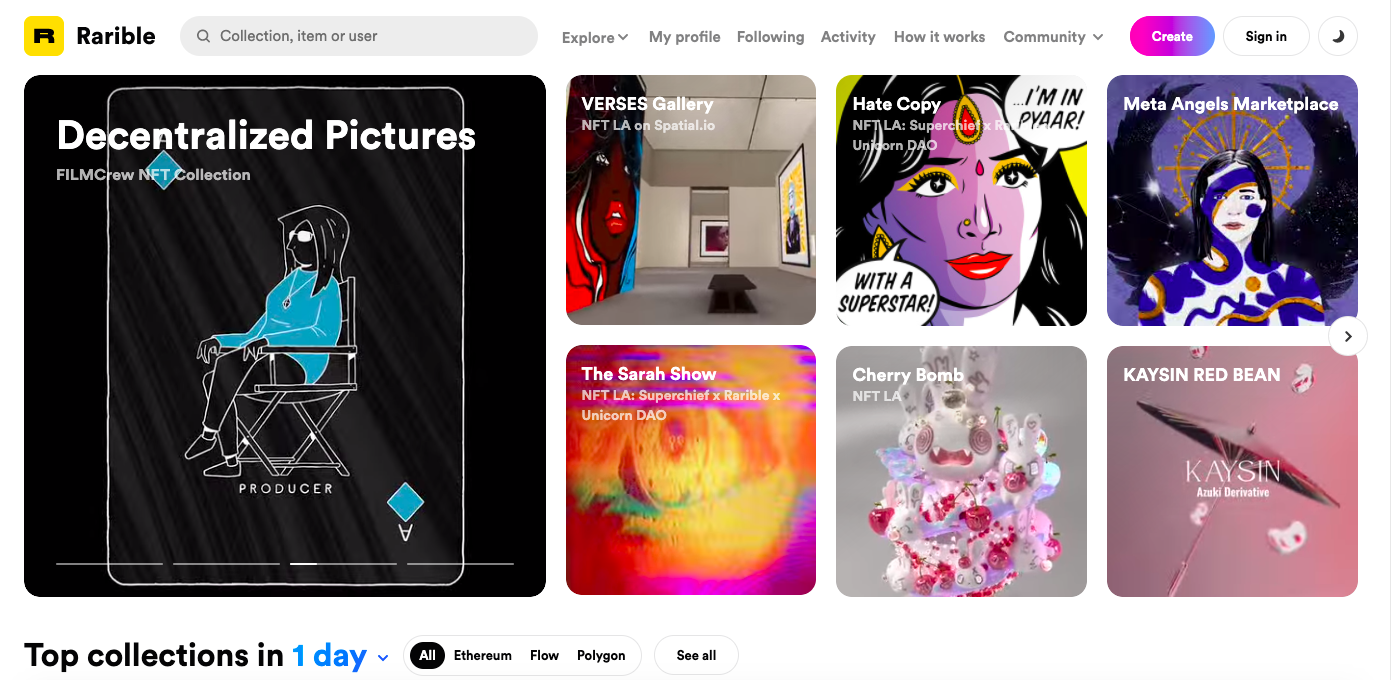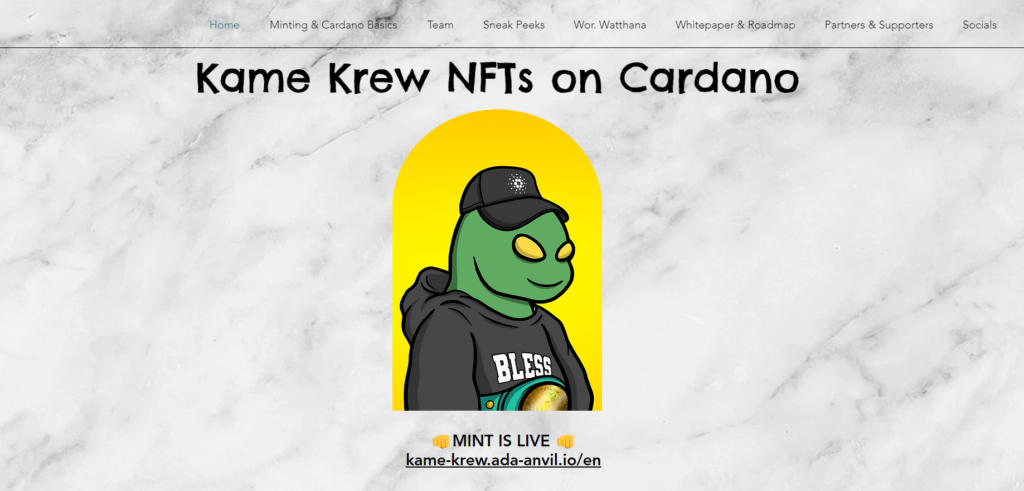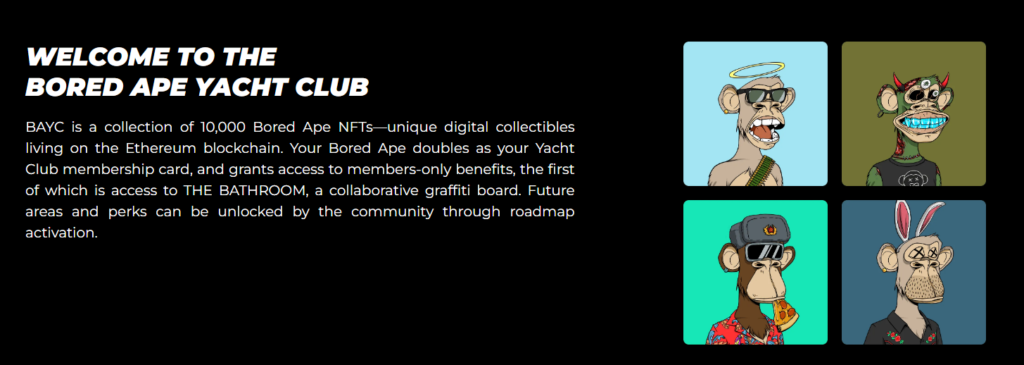How to Create NFT Art: A Complete Step-by-Step Guide
It’s 2021, and you’re still confused about Non-Fungible Tokens (NFTs).
Don’t worry. While everyone seems to be NFT space experts, we’re pretty sure many people are likewise confused with the NFT creation process.
So, this is where we enter.
Creating NFT Art: What It Means
When we say “create an NFT art,” some liken the process to physical artworks. For example, you need to grab brushes and paints to create a painting.
And while serious digital artists do pour in hard work to develop a digital art piece, that’s not exactly what we mean by creating NFT art.
It pertains to minting any digital file and registering it in the blockchain technology as yours.
So yes, anyone can grab ANYTHING online and upload it in an NFT marketplace or any NFT platform.
If you’re the first to mint or register that file, it will be your own NFT art piece, even if you’re not the original artist.
In the same sense, just because you created digital artwork doesn’t mean you’re automatically the owner in the NFT realm.
How to Create NFT Art?
Okay. Now that we’ve clarified what it means to create NFT art, let’s dive into the step-by-step of how to create NFT art.
Step 1: Make a Cryptocurrency Wallet
The first step in cryptocurrency exchanges is to have cryptocurrency wallets. Without it, you can’t transact with anyone or anything.
As you can see, after clicking on the “create” button, you’ll be immediately asked to connect your wallet.
Yes, even as the seller or creator, you need a digital wallet to sell NFTs. There are some gas fees and other dues to pay in simply setting up your first NFT artwork.
Here are some digital wallet options you can explore:
- MetaMask Wallet
- Coinbase Wallet
- Ledger Nano X
Most NFT marketplaces and wallet apps are well-integrated, so it’s easy to navigate from one platform to another. There’s likely a wallet icon available that redirects you to the app.
Step 2: Find an NFT Marketplace
NFT marketplaces are where the magic happens.
Here is where you transact, auction houses, set up auctions, assign a fixed price for an art piece, and all the NFT dealings.
Different marketplaces have varying regulations, so it’s best to familiarize yourself with your NFT market choice.
Here are NFT marketplace options you may want to consider:
- OpenSea
- Rarible
- Axie Marketplace
- SuperRare
- Foundation
- Nifty Gateway
These are more of the “general public” marketplaces where creating NFTs is open for everyone. They’re legitimate NFT platforms, so you can trust them.
But you may run the risk of meeting “NFT artists” who AREN’T truly artists.
As we mentioned above, you can mint your NFT even if you’re not official. Collectors may not be too happy with this idea.
Curated Platforms
Some platforms are stricter with their regulations to ensure that only authorized artists and official NFT creators share their collections.
There’s also a peer-to-peer marketplace where an NFT artist gets to transact with a fellow artist directly. It’s a MORE AUTHORIZED way to buy and sell digital art NFTs.
In a way, you’re like in online art galleries scouting for a digital painting!
Some examples of these platforms are:
- Natively Digital
- Art Blocks
- Cultured Crypto
Step 3: Look for a Digital Art
Some “artists” only dig up public files online and mint them. Of course, you can do that. Whether your ethical standards allow it is entirely up to you.
But don’t fret. There are real artists out there who are looking to sell their impressive works to become digital assets.
Most of them have created original digital art that they turn into non-fungible tokens to earn.
But in summary, this step requires you to find something to mint (which is the next step) – digital artist or not.
Step 4: Mint Your NFT, Create Your NFT Art Collection
Once you set up your crypto wallet and settle on a marketplace, it’s time to upload your first NFT art piece. The platform will have clear instructions for you to follow.
As you create NFT art collections, expect that there will be fees on top of fees. Gas fees are also more expensive depending on the traffic or number of people accessing the platform.
For an idea of your expenses, you can watch this video of Joseph from LearnSketch․com. He documented his expenses in selling a digital art token on Foundation.
Do note that Foundation is more expensive compared to other platforms. OpenSea and Rarible have cheaper fees for selling a non-fungible token art.
Read more: How To Mint An NFT
Step 5: Wait for Biddings, Sell Your NFT Artwork
In step 3, you’ve basically created NFT art already, and you’re now selling NFTs. Once it’s up, people are welcome to bid and buy your NFT artwork.
After you accept a bid, consider the NFT art SOLD. You’ll be paid with ETH or any agreed-upon cryptocurrencies, and you can, later on, convert that into real dollars.
Here’s a fair warning, though. The platforms will have commissions. So from your earned crypto coins, percentages will be further reduced.
Choose your marketplaces WISELY!
Quick Review: Explaining Non-Fungible Tokens (NFTs)
Most of you here probably know what an NFT is, and you’re already exploring to make NFT art on your own.
But for some of you who are still confused with the entire concept, we got you!
NFT stands for non-fungible token. These are unique digital assets on the blockchain that are non-fungible or intangible. Since they are digital, they don’t have physical forms.
When you create NFT art, you’re like affixing a digital signature or marking the NFT art as yours. You own that file, and people are buying the ownership from you.
Only you’re not signing anything. Once you create NFT art or mint it under your name, “smart contracts” along with the blockchain authorize you as the rightful owner.
It’s technically public information.
Why Is NFT Art Popular?
Entering the hi-tech era, people see potential in NFT art. Some are certain that this will become a digital asset worth huge sums of money in the future.
And when the pandemic emerged, everything shifted online. People became even more convinced to make NFT art, seeing that the predictions have semblances of truth.
For some, to create NFT art is like investing. The returns are seen to be high soon.
Will NFT Be the Future?
To be honest, the future of NFT is still blurry and uncertain. You’ll see a lot of hesitations and skepticism surrounding the topic, mainly because most can’t make sense of the concept yet.
The confusion is quite understandable. Why would people spend so much on digital artwork that they can’t touch, see, and feel in a world where people struggle to make ends meet?
Some say that NFTs are only for the rich; we also agree. For now, only those with budgets to spare can spend on uncertain investments.
Buying and selling NFTs is not cheap. There are ‘hidden fees’ that may surprise you if you’re not prepared or did no research beforehand.
So, Should You Invest in NFT?
You can. Again, there’s no harm in trying if you have the budget to spare. Learning how to create NFT art is also easy, and anyone can do it in just a few clicks.
Here’s the thing, though, don’t be too risky and gamble all of your savings on NFTs.
We know there are success stories where people believed in something, risked it all, and became the wealthiest people alive.
But you’re not a movie character.
It’s not wise to give up everything, especially if savings are a little tight. Always smart about investments, regardless of whether it’s crypto, NFT, or professional stocks and bonds.
We won’t know for sure if NFT is the future, but we’re confident that they’re here to stay. And who’s to say what future innovations can contribute to this new global trend?
Read more: How To Invest in NFT
Frequently Asked Questions
You might be reading some terms above and get confused with what they mean. There is some jargon to familiarize yourself with before you get the hang of everything.
Or maybe, you just have FAQs to address. Don’t worry; we’ll simplify most of them.
What Are Gas Fees?
You’ll often see people complaining about gas fees. Platforms will also have reminders about these additional fees.
NFT, including but limited to the entire crypto and blockchain technology, is powered by many supercomputers. Smart contracts and cryptocurrencies work by computers that are constantly functioning.
Additional activities (rush minting, heavy traffic, etc.) along the chain will require extra power; that’s why you’ll be charged for these processes. Think of it as your electricity bill.
Why Are NFTs Harmful to the Environment?
In your search for NFT art, you’ll surely encounter anti-NFT individuals and environmentalists who will oppose the idea.
Yes, it can be harmful to the environment. Since supercomputers power them, imagine all of the energies used up. And mind you, they are working 24/7.
If everyone engages in NFT transactions, you can foresee how much greenhouse gas and energy we will emit.
Some argue that almost everything has effects on the climate and environment. While some combat with why further contribute to it.
Well, you can be your judge.
Whether or not the pros outweigh the cons will be your discretion. We’re not here to dictate!
Read more: NFT Environmental Impact
Is There a Way to Mass Generate NFT Artworks Quickly?
Yes.
You can use computer-generated codes to come up with generative artworks. Generative art is a now-popular art genre where the designs are abstract.
Software programs such as Processing are readily available. You can also MANUALLY do them through editing software or even paint.
Here are some Youtube tutorials to get you started:
- Making Generative Art | Intro to Processing by Daniel Simu
- Learning to Make Generative Art in Processing by Dan Alan Graphic Design
- How To Create An ENTIRE NFT Collection (10,000+) In Under 1 Hour Without Coding Knowledge by Hustle Millennial
Are There Ways to Minimize Fees in Creating NFT Art?
Definitely! One of the biggest contributors to NFT expenses is the gas fee.
You can reduce the cost by minting when fewer people use the platform (wee hours, or you’ll see the price changes anyway).
Most platforms offer “lazy minting,” where you’re essentially lining up to mint your NFTs. You’ll pay lower fees since it’s not an instant result.
Of course, you can always go for NFT marketplaces that are known to be cheap.
Read more: Sell NFT Without Gas Fee
How to Create NFT Art Summary [TL;DR]
If you’re in a rush and need a TL;DR or you just need a concise version of this entire article for future reference, this heading is for you.
But still, try to read through our thorough analysis and explanations of NFTs.
Create NFT Art Process
Here are the basic steps on how to create NFT art.
Remember that creating an NFT pertains to minting the digital files on platforms and not necessarily the creation process (such as painting, editing, etc.).
- Create and connect a cryptocurrency wallet (i.e., MetaMask, Coinbase, Ledger Nano X).
- Look for an NFT marketplace where you can engage in transactions.
- Secure a digital artwork - it can be your original art or any file you have.
- Mint your artwork and build your collection. Follow the procedures prescribed by the platform.
- Wait for bids, accept them, and that's it!
Pros and Cons of NFTs
As with everything in life, there are benefits and drawbacks to consider before investing in these things.
Pros
- You're steps ahead in terms of innovation. Your ROI might be high if NFTs work out.
- You're earning and flipping passive income with your extra money.
- Digital artists can finally feature their artworks and earn recognition for their crafts.
Cons
- The future for NFTs is not 100% certain.
- There are many people taking advantage of the gaps and loopholes, adding to the negative connotations of NFTs.
- Cases of plagiarism are rampant in the marketplaces - which contradicts our support of artists.
- NFTs are harmful to the environment.
Conclusion
We hope this article can be the jumpstart to your NFT journey.
Creating NFT art is easy and doable, but extra knowledge from researching articles like this will improve your experience. So, great job!
Good luck, and happy minting!






